Fat Burning
We'll discuss the classification of fat-burning agents a bit later, but for now, let's quickly go through the process itself.
However, I want to note that besides subcutaneous fat, there is also visceral fat, which requires slightly different methods to combat. But for now, let's focus on the fat stored under the skin.
So, about the process. What we usually call “fat burning” is a rather complex process. First, the fat stored under the skin must be broken down into fatty acids (this process is called lipolysis), and then these fatty acids must enter the bloodstream.
Only then can the acids in the blood be used by the body as a source of energy. However, this doesn't always happen.
Weight loss (I'm intentionally talking about more than just fat) is only possible if you have a calorie deficit in your diet. That is, your total energy expenditure must exceed the amount of energy provided by food.
It’s also important to note that lipolysis is impossible in the presence of insulin. Furthermore, fatty acids in the blood are unlikely to be used as an energy source — they are more likely to replenish subcutaneous fat stores.
So, you need to try to create conditions where there is either no insulin in the blood at all or its amount is minimal for at least some time.
Types of Fat Burners
Energy deficit does not necessarily mean it will be compensated by fat utilization. Our task is to create conditions in which the body will primarily use fat as an energy source.
At a minimum, fats should be in the blood in the form of fatty acids for this to happen. That's why we mainly need “fat burners” to create such conditions.
The word “classification” might be too strong — I don’t claim absolute accuracy, and I won’t go into detailed analysis of fat burners here. I'll just provide general information on how fat burners can be roughly divided into types and categories.
Stimulating Lipolysis
There are drugs that stimulate lipolysis. These include: testosterone and anabolic steroids (some have this property to a lesser extent, some significantly), metformin, ephedrine, clenbuterol, valine amino acid, growth hormone
Increasing Energy Expenditure
Secondly, there are drugs that “boost” metabolism or simply increase energy expenditure. These can be considered self-sufficient “fat burners.” They include caffeine, triiodothyronine, DNP
Utilizing Fatty Acids
It's also worth mentioning drugs that create conditions for the utilization of fatty acids. Among them, we can highlight:
- drugs that regulate blood glucose levels
- drugs that reduce insulin resistance
- drugs that prevent the formation of fat from fatty acids
- drugs that prevent the conversion of carbohydrates into fats
- drugs that stimulate the use of fatty acids as an energy source
- leptin mimetics
Often, a single drug (such as metformin or clenbuterol) has several of the above characteristics.
Suppressing Appetite and Nutrient Absorption
Finally, in the fourth group, we have drugs that suppress appetite and slow down or inhibit the absorption of fats in the gastrointestinal tract.
It’s worth noting right away that fats, surprisingly, do not significantly influence the replenishment of subcutaneous fat stores – this is mainly the responsibility of simple sugars. So, inhibiting fat absorption won't provide many benefits but can cause problems.
Conclusion
Although I called the drugs in the second group self-sufficient, in fact, only DNP is capable of “burning” fat without the slightest change in diet or physical exercise. The rest require “support” from agents that can at least stimulate lipolysis.
DNP, also known as dinitrophenol, is a very dangerous agent. This drug is very rarely used among professional athletes, its use can be accompanied by significant deterioration in well-being, and if the dosage is incorrect, it can have extremely negative consequences for health and life.
What conclusion can be drawn from all of this? It's very simple: aside from DNP, no “fat burners” will work on their own.
They need either your help (eat less, expend more energy), or – if they can increase your energy expenditure – help from other “burners” that create conditions for fat utilization.

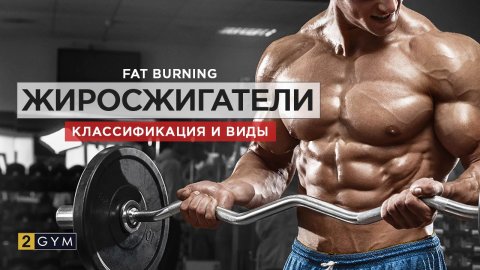











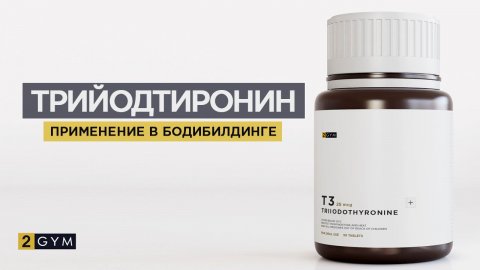
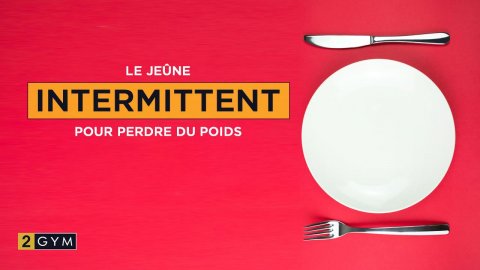

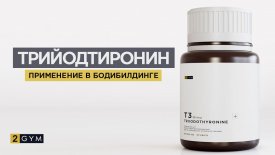
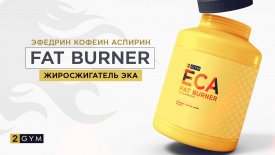
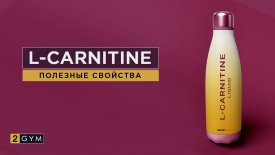


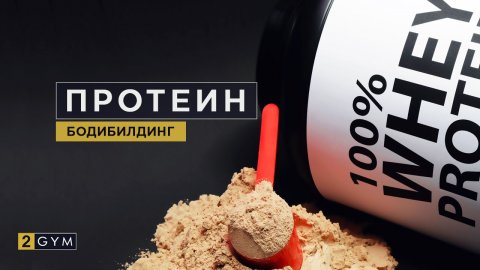


Log in with ( Sign Up ? )
or post as a guest
Be the first to comment.